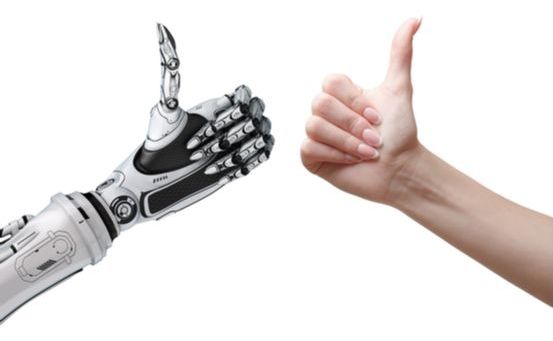Transhumanists are curiosity addicts. If it’s new, different, untouched, or even despised, we’re probably interested in it. If it involves a revolution or a possible paradigm shift in human experience, you have our full attention. We are obsessed with the mysteries of existence, and we spend our time using the scientific method to explore anything we can find about the evolving universe and our tiny place in it.
Obsessive curiosity is a strange bedfellow. It stems from a profound sense of wanting something better in life—of not being satisfied. It makes one search, ponder, and strive for just about everything and anything that might improve existence. In the 21st century, that leads one right into transhumanism. That’s where I’ve landed right now: A journalist and activist in the transhumanist movement. I’m also currently a Libertarian candidate for California Governor. I advocate for science and tech-themed policies that give everyone the opportunity to live indefinitely in perfect health and freedom.
Politics aside, transhumanism is the international movement of using science and technology to radically change the human being and experience. Its primary goal is to deliver and embrace a utopian techno-optimistic world—a world that consists of biohackers, cyborgists, roboticists, life extension advocates, cryonicists, Singularitarians, and other science-devoted people.
Transhumanism was formally started in 1980’s by philosophers in California. For decades it remained low key, mostly discussed in science fiction novels and unknown academic conferences. Lately, however, transhumanism seems to be surging in popularity. What once was a smallish band of fringe people discussing how science and technology can solve all humanity’s problems has now become a burgeoning social mission of millions around the planet.
